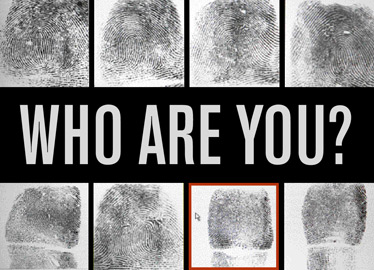 | ||||||||||||
|
|
FULL STORY »
Two weeks ago it took Honolulu police two days to identify whether an arrestee was really who he said he was. Today, police can make an accurate ID of a suspect within 15 minutes using a computerized digital fingerprinting system linked to a state database of all arrestees' fingerprints and their criminal history. And within an hour they can learn whether the arrestee is in the FBI's system and whether he is wanted in another state, a process that used to take a week and a half. By the time police received information, the suspect "would be let go some of the time," said Sgt. Maverick Kanoa, of the Honolulu Police Department's Records Division. Suspects must be charged within 48 hours of arrest or be released. "We were counting on people being honest," Kanoa said. "That's why we had so many misidentifications. "Of course, we know people are going to lie," he said. "Now even if they lie, we don't count on what they tell us, but count on their fingerprints to tell us."
The Livescan system allowed Honolulu police to determine within minutes that a man arrested last week who identified himself as Peter Pan really was named Peter Pan and that Jesus Christ was not the real name of a man who claimed it was.
Instead, an officer booking a suspect places the person's fingers on the glass plate atop a sturdy machine about the size of an ATM, and the fingerprints appear on a monitor. The Livescan system links Honolulu, Kauai and Big Island police departments as well as the state's Sheriffs Division to the state's Automated Fingerprinting Identification System. The digital prints are run through a statewide database and checked against the FBI's Integrated Automated Fingerprinting System and the National Instant Criminal Background Check System databases with an hour.
On Oahu, where 85 percent of the state's arrests are, each station now has one fingerprinting machine, and the main station's Central Receiving Division has two in their cellblock. HPD makes 115 arrests daily, about 3,000 a month, so the system was first tested on Kauai and the Big Island on a smaller scale before bringing it to Oahu. Retired Sgt. Leighton Fujinaka, who works at the Kailua Police Station, said many officers believe the new system is much better than the old one. "It's a big improvement," he said, adding that the prints do not get smudged and hands do not get dirty. Fujinaka also likes having one streamlined system with the fingerprints, mug shot and booking information rather than having to work with three different systems as in the past. One sergeant, who asked not to be named, said obtaining fingerprints using Livescan can be difficult. "It's not practical for any receiving desk," the sergeant said. "If they're disorderly or drunk, they're combative. The slightest movement on it, you got to start it all over again." Others said it was tough to get prints during practice sessions. Oily or greasy hands have to be wiped with alcohol, Kanoa said. "At the beginning it was hard" for most of HPD's fingerprint examiners, who have been comparing ink fingerprints for many years, Kanoa said. Estrellit Reconce, who has worked 30 years as a civilian fingerprint examiner at HPD, agreed. "Now they like it," he said, because their workload is lightened, and they do not have to sit at a computer screen visually comparing fingerprints with fingerprint cards all day. Kanoa hopes to have 85 percent of all arrestees fingerprinted by Livescan by the end of the year. The state was ready to convert Oahu to the Livescan program in July 2006. In October 2006 the Kaneohe station began a pilot program, and the rest of the department was outfitted by July. The system was purchased using a federal grant through the state Department of the Attorney General. The Hawaii Criminal Justice Data Center maintains the state's AFIS and maintains the system. Sagem Morpho Inc., the vendor for Livescan, says on its Web site that its biometric identification solutions are used in 60 countries and that it delivers biometrics to the U.S. government as well as other North American markets.
© Honolulu Star-Bulletin -- https://archives.starbulletin.com
| Tools
| ||||||||||
 | ||||||||||||




